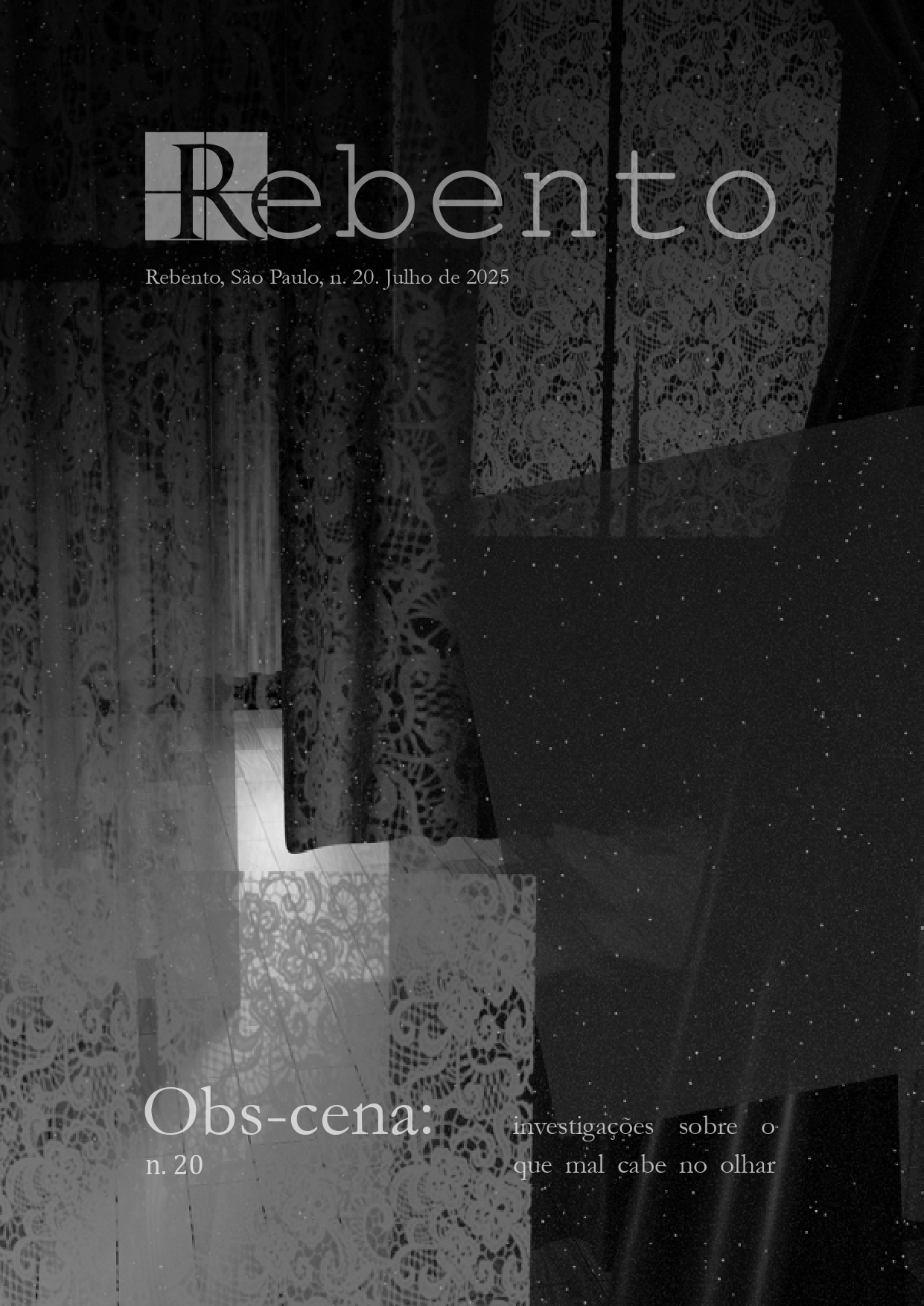Violence as a structural trait of Brazilian sociability and its representations in "Cárcere ou Porque as Mulheres Viram Búfalo" and "Sortilégio II"
Abstract
This text carries out a comparative analysis between the works Cárcere ou Porque as Mulheres Viram Búfalo, by Dione Carlos, and Sortilégio II, by Abdias do Nascimento, taking as its starting point violence as a structural feature of Brazilian sociability. The hypothesis is that Brazilian artistic production, especially that of new agents that gained visibility from the middle of the 20th century, reflects a constitutive trait of national sociability, built from the process of colonization, enslavement and peripheralization in the capitalist world. The text also sustains that the process of making cultural manifestations of previously invisible subjects visible points out to an epistemic reorientation that is also reflected in the works analyzed. Through comparative analysis of the texts, the text concludes that it is possible to affirm that violence is incorporated into peripheral Brazilian cultural production as a reflection of the violence that constitutes Brazilian sociability. This incorporation, however, is not only thematic, but a constituent element of the aesthetics proposed by the analyzed works. Keywords: Dione Carlos; Abdias do Nascimento, Theatre; Violence; Marginal culture.Downloads
Published
Issue
Section
License
É responsabilidade dos autores a obtenção da permissão por escrito para usar em seus artigos materiais protegidos por lei de Direitos Autorais. A revista Rebento não é responsável por quebras de Direitos Autorais feitas por seus colaboradores.
Os autores mantêm os direitos autorais e concedem à revista o direito de primeira publicação, com o trabalho licenciado sob Licença Creative Commons do tipo atribuição CC BY-NC:
Atribuição (BY): Os licenciados têm o direito de copiar, distribuir, exibir e executar a obra e fazer trabalhos derivados dela, conquanto que deem créditos devidos ao autor ou licenciador, na maneira especificada por estes.
Uso Não comercial (NC): Os licenciados podem copiar, distribuir, exibir e executar a obra e fazer trabalhos derivados dela, desde que sejam para fins não-comerciais.
Após a publicação dos artigos, os autores permanecem com os direitos autorais e de republicação do texto.


